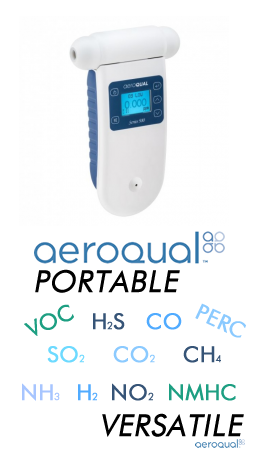Mercury Information

Mercury:

|
Other Names |
Hydragyrum; Quicksilver |
|
Chemical Formula |
Hg |
|
CAS Number |
7439 – 97 – 6 |
|
Industry Uses |
Pharmaceuticals; Chemical Laboratories; Meters; Fluorescent Lighting |
|
Health Risks |
Kidney damage, Inflammation; Muscle Tremors |
|
Vapor Pressure |
0.0012 mmHg |
|
Water Solubility |
Insoluble |
|
Flammability |
Non-Flammable |
|
Odor |
Odorless |
What is Mercury:
Mercury is a silver-white, heavy, mobile liquid metal with no specific odor. It is a poor conductor of heat, but a fair conductor of electricity. It is used in barometers, thermometers, hydrometers, pyrometers, and mercury arc lamps that produce ultraviolet rays. It is also used in pharmaceuticals, agricultural chemicals, and antifouling paints. Due to its high toxicity, the use of mercury is greatly diminishing. Mercury is corrosive to metals and very toxic to aquatic life, leaving long-lasting damage. Volcanoes are natural sources of mercury. Humans produce mercury mainly through combustion and gold production.
Mercury Exposure and Health Risks:
Mercury is readily absorbed through the skin, mucous membranes, the gastrointestinal tract, and the respiratory tract, causing heavy metal poisoning. Chronic exposure may cause inflammation or the mouth and gums, kidney damage, muscle tremors, depression of the central nervous system, and psychiatric disorders like hallucinations, psychosis, and extreme nervousness. Mercury is toxic by ingestion, absorption, and inhalation. It causes damage to organs, fertility, and fetuses.
Regulations:
The table below summarizes the most-recent exposure limits.
|
Limit/Level |
Type |
Organization |
|
Not Recommended |
AEGL-1 (8 hrs) |
EPA |
|
0.33 mg/m3 |
AEGL-2 (8 hrs) |
EPA |
|
2.2 mg/m3 |
AEGL-3 (8 hrs) |
EPA |
|
0.1 mg/m3 |
C (10 min) |
OSHA |
|
0.05 mg/m3 |
TWA |
NIOSH |
Measuring Mercury:
Mercury concentration in the air can be measured in units of mg/m3. The Mercury Badge is constructed from three cells attached to a flat indicator layer. Mercury vapor diffuses to the cells through the diffusive resistances and reacts with the indicator layer, producing a color change from white to purple. The color produced is a direct measure of the exposure level. All of our Mercury products can be viewed HERE.
What type of component are you looking for?
| Fixed Mount | Handheld | Dissolved Kits: | Replacement Sensors: | Calibration Gas: | Rentals: |
 |
 |
 |
 |
 |
 |
All sensors require a yearly calibration to ensure your gas measurements are accurate and performing within manufacturer standards. This page is desiccated to the individual manufacturers we represent and their specific calibration procedures.
**Calibration Service Request Form **
|
Calibration costs do vary, see below to get an estimate: Calibration Fee: $150 Analyzer Calibration Fee: $300 PM Calibration Sensor Fee: $330 Genie Calibration Fee: $265 ATI Calibration Fee: $205 ** note that prices are subject to change per labor and parts required. |
Contact us for help choosing the right monitor for your application















